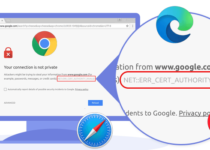What is CAPTCHA & How to Add CAPTCHA to WordPress and HTML?
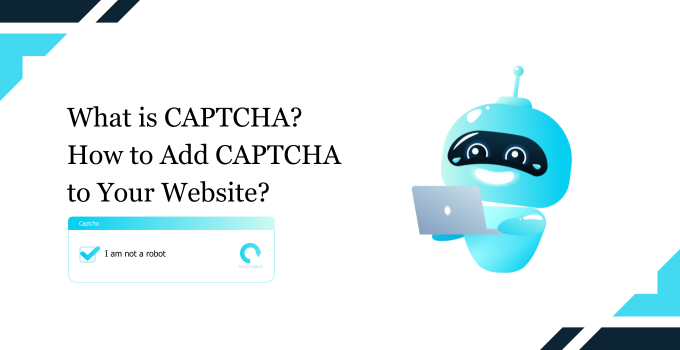
The internet is filled with spam, starting from unwanted promotional emails to random comments containing backlinks to fishy websites. We all hate spam; still, there is no sure-shot way to get away with it. As a website owner, you very well know that these spammers and bots can damage your article’s reputation by posting random comments. But are you also aware that these automated bots can attack your contact forms or even perform brute-force attacks on your website? You obviously don’t want that to happen. Well, there is a solution to stop these kinds of automated abuses, known as CAPTCHA.
CAPTCHAs are still very effective in this evolving digital world. Website attackers evolve day by day; still, our savior CAPTCHA provides a secure defense for our websites. In this article, we have covered all the aspects of CAPTCHA that can be helpful for you, including what they are, what are their types, and how you can add CAPTCHA to your website, no matter if you are using WordPress or HTML. Stay tuned, because we are going on a long and exciting information ride.
What is CAPTCHA?

The primary objective of CAPTCHA is to prevent automated abuse, such as spam comments, brute-force attacks, and unauthorized access to web services. By requiring users to prove their human identity, CAPTCHA acts as a formidable barrier, ensuring that interactions with websites are genuine and secure.
Now, let’s continue our exploration of CAPTCHA, delving into its various types that serve as reliable defenses against the persistent threat of automated abuses.
Types of CAPTCHA
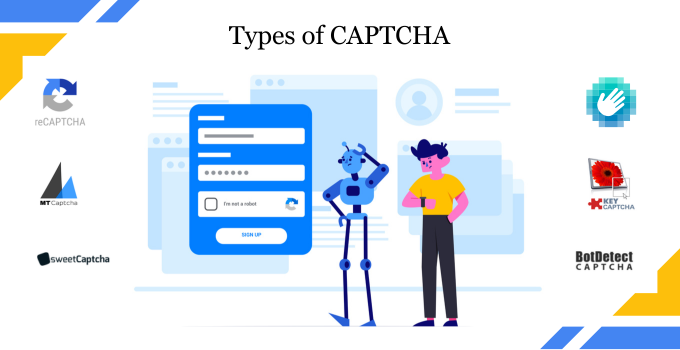
When it comes to safeguarding your website from unwanted spam, CAPTCHA comes in various forms, each with its unique strengths. Let’s take a closer look at some prominent types:
- reCAPTCHA
- hCaptcha
- MTCaptcha
- BotDetect CAPTCHA
- KeyCAPTCHA
- Confident CAPTCHA
- SweetCAPTCHA
What is reCAPTCHA
One of the most widely recognized players in the CAPTCHA world is reCAPTCHA. Developed by Google, reCAPTCHA adds an extra layer of security by employing sophisticated techniques beyond the conventional challenge-response model. It seamlessly verifies users through their behavioral analysis and effectively distinguishes between humans from automated bots.
What is hCaptcha
hCaptcha is another effective choice of CAPTCHA solutions. Known for its simplicity and user-friendly design, hCaptcha provides robust protection against spam and automated attacks. It stands out for its commitment to user privacy and straightforward integration.
Other Lesser-Known Types:
MTCaptcha:
MTCaptcha takes a unique approach, often incorporating gamified elements or challenges to ensure user identity verification. By blending engagement with security, it creates an interactive verification process.
BotDetect CAPTCHA:
BotDetect CAPTCHA stands out with its mix of image-based challenges and customizable features. It offers a flexible solution, allowing website owners to tailor their CAPTCHA experience while enhancing overall security.
KeyCAPTCHA:
KeyCAPTCHA introduces a combination of interactive puzzles and social features. By integrating these elements, it offers an innovative method to differentiate between humans and bots, promoting a dynamic verification process.
Confident CAPTCHA:
Confident CAPTCHA relies on image-based challenges that ask users to identify specific objects or patterns. This method ensures a secure yet visually engaging way of verifying human identity.
SweetCAPTCHA:
SweetCAPTCHA adds a delightful twist to the verification process, presenting users with visually appealing challenges. Beyond security, it prioritizes a pleasant user experience, making the verification process both effective and enjoyable.
These lesser-known CAPTCHA types contribute to the diverse array of tools available, each offering a unique approach to safeguarding your digital space.
CAPTCHA vs reCAPTCHA
CAPTCHA can be identified as an authentication test, which serves the purpose of telling humans and bots apart. It can be considered a broad term, there are several types of CAPTCHAs offered by different companies. One of the most popular CAPTCHA types is reCAPTCHA, which is owned by Google.
hCAPTCHA vs reCAPTCHA
Both hCaptcha and reCAPTCHA are CAPTCHA solutions that distinguish between humans and bots. They both aim to prevent bots from accessing and manipulating websites and are free to use for non-enterprise customers. Still, they both have some differences, let’s find them out:
| Differences | hCAPTCHA | reCAPTCHA |
| Technology | Uses image labeling, where users need to find specific objects in the image. | Uses various challenges including image recognition, checkbox selection, and invisible challenges. |
| Privacy | Collects less user data and is more private. | Collects more user data, which can be used for Google ads. |
| Usability | Less useful for visually impaired users. | Offers audio challenges. |
| Simplicity | Can be considered more complex than reCAPTCHA. | Generally easier to solve for users. |
| Customization | More customizable. | Lesser customizable. |
| Data Sharing | Does not share data with other websites. | Shares data with Google and other companies. |
Types of reCAPTCHA
Let’s explore the different types of reCAPTCHA offered by Google. These iterations are designed to cater to varying levels of security and user experience.
1. reCAPTCHA v2 – Checkbox:

The classic checkbox reCAPTCHA is a user-friendly option. It presents users with a simple checkbox, challenging them to confirm their human identity with a single click. If the system detects suspicious behavior, additional verification steps may be prompted. It is ideal for scenarios where a seamless user experience is prioritized.
2. reCAPTCHA v2 – Invisible:
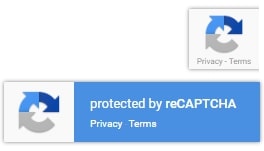
This version introduces an invisible challenge, requiring no user interaction unless deemed necessary. It operates silently in the background, enhancing user convenience while maintaining security. It is suited for websites aiming to minimize user interruptions.
3. reCAPTCHA v2 – Multiple Challenges:
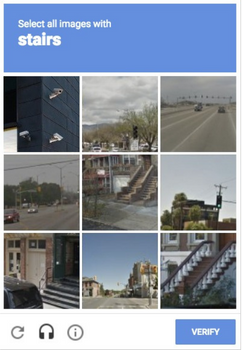
This variant combines various challenges, such as image recognition and checkbox selection, ensuring a dynamic verification process. It adapts to different scenarios based on potential risks. It offers a versatile solution for websites with diverse security needs.
4. reCAPTCHA v3 – Adaptive Risk Analysis:
The latest evolution in reCAPTCHA, v3 employs advanced risk analysis algorithms without direct user challenges. It assigns a risk score to each interaction, enabling websites to make informed decisions based on the perceived level of risk. It is tailored for websites seeking a frictionless user experience while maintaining robust security.
By understanding the different reCAPTCHA types, you can strategically implement the most suitable solution based on your website’s security requirements and user engagement goals.
How to Add CAPTCHA to Website?
If you have made up your mind and want to protect your website using CAPTCHA, you can do this by following some simple steps. For the sake of this article, we have written the steps for adding reCAPTCHA V2 and V3 to your website.
Step 1:
Sign in to your Google account that you usually use for work. And visit the create reCAPTCHA page: https://www.google.com/recaptcha/admin/create.
You will find a page similar to the image below:
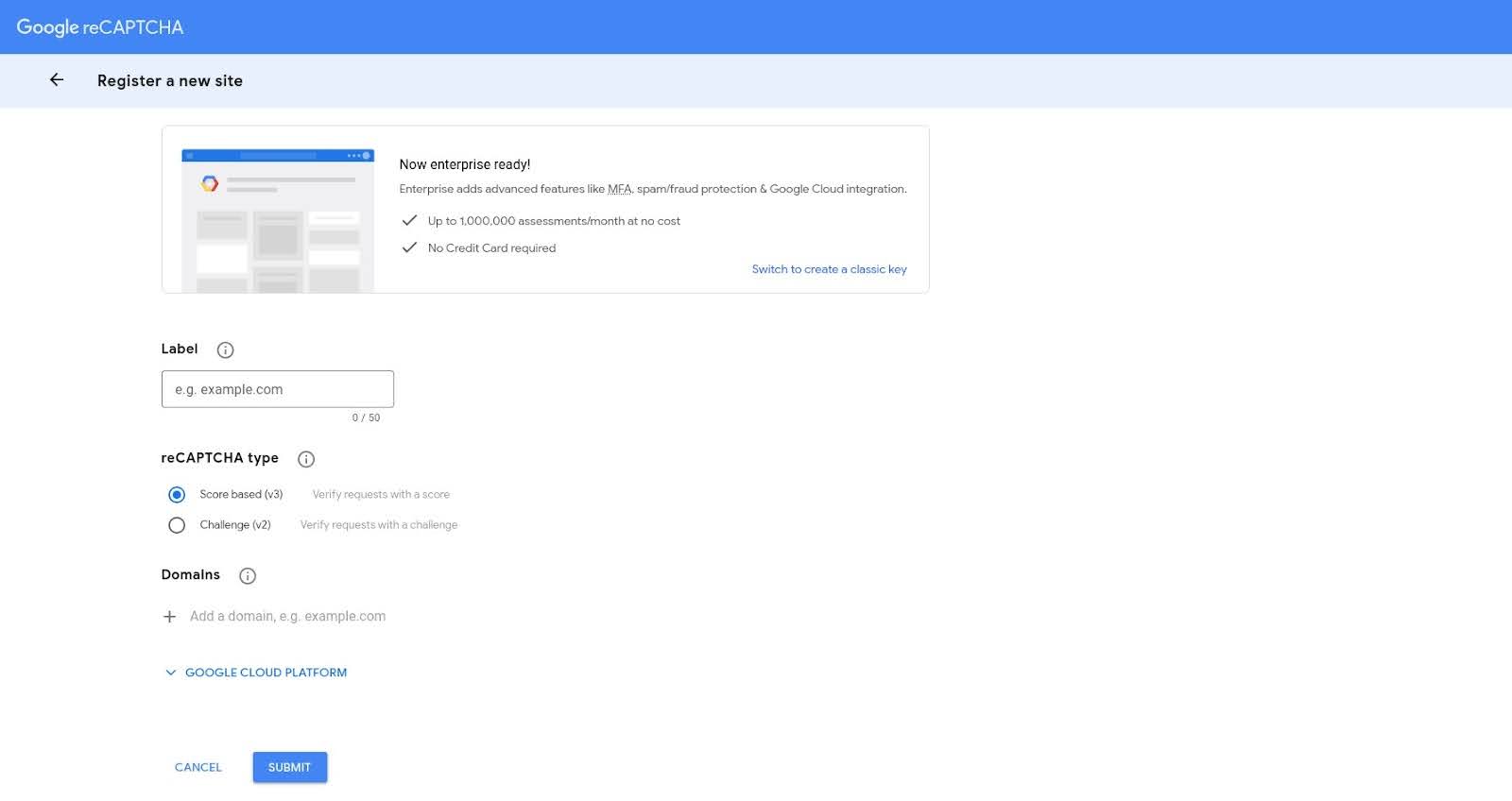
Step 2:
Fill out the CAPTCHA form according to your requirements.
Label name: You can write your business or organization name there.
reCAPTCHA Type: You can specify the CAPTCHA type here. Whether you need a score-based or a challenge-based CAPTCHA. For this article, I have used “Challenge (v2)”.
If you have used this option, you will be asked for two other options. Whether you want an “I’m not a robot” checkbox or an Invisible reCAPTCHA that validates requests in the background.
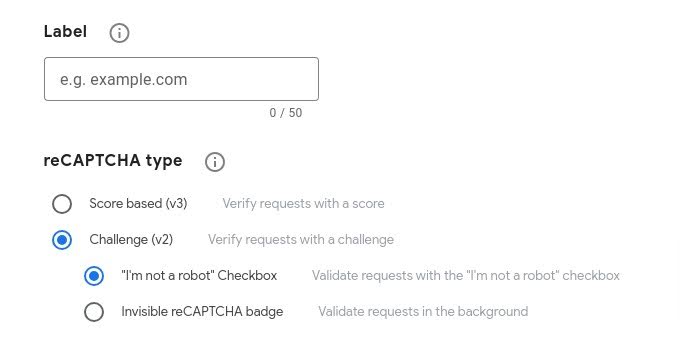
Domains: Add the domain name where you want to add the CAPTCHA. You can add multiple domains if you want to use the same CAPTCHA in all of them.
Step 3:
Click Submit.
You will find 2 keys on the next page. A Site Key that you need to add to your website and a Secret Key for server-side integration.
The next process depends on what kind of website you have. We have mentioned different solutions for adding CAPTCHA to your website whether you are using WordPress with any plugin like Contact Form 7 or an HTML website.
How to add CAPTCHA in HTML?
1. Add Site Key:
Add the reCAPTCHA Site Key to your HTML website using the following script:
<script src=”https://www.google.com/recaptcha/api.js” async defer></script>
<div class=”g-recaptcha” data-sitekey=”YOUR_SITE_KEY”></div>
2. Add Secret Key:
On your server, implement the server-side code to verify the user’s response using the reCAPTCHA API and your Secret Key. This step is crucial to ensure that the submitted form comes from a legitimate user.
$secret_key = ‘YOUR_SECRET_KEY’;
$response = file_get_contents(“https://www.google.com/recaptcha/api/siteverify?secret={$secret_key}&response={$recaptcha_response}”);
$data = json_decode($response);
if ($data->success) {
// Success!
} else {
// CAPTCHA is not verified.
}
Done! You have successfully added CAPTCHA to your contact form. Visit your website and check if you can see the CAPTCHA there.
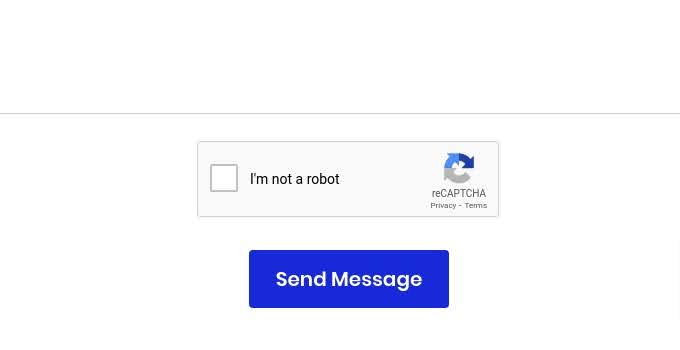
How to add CAPTCHA to WordPress?
In WordPress, we can add the Site Key and Secret Key using any CAPTCHA plugin.
Open your WordPress dashboard and go to the plugins section ⇒ Add New Plugin.
Search CAPTCHA, you will find many useful plugins, you can check the details and use the one that you want.
You need to use a plugin that has high ratings and gets frequently updated.
For example, you can use CAPTCHA 4WP.
Install and open the plugin settings and choose the reCAPTCHA version. You will see two boxes where you can add your site key and secret key.
You can check the plugin settings for further customization. Visit your website and test the added CAPTCHA.
How to add CAPTCHA to Contact Form 7?
If you are using Contact Form 7 on your WordPress website, there is a straightforward process to add CAPTCHA.
On your WordPress Dashboard, go to Contact ⇒ Integrations.
You will find reCAPTCHA there, click on Setup Integration. You will find the boxes to add your site key and secret key.
Click on Save Changes. That’s it.
Why Use CAPTCHA for Your Website?
In the dynamic world of the internet and spam, implementing CAPTCHA on your website enhances security and the overall user experience. Here are compelling reasons why it is crucial:
1. Preventing Automated Abuse:
CAPTCHA acts as an essential gatekeeper, challenging automated bots attempting to manipulate your website. By requiring users to prove their human identity, CAPTCHA defends your website against spam comments, unauthorized access, and brute-force attacks.
2. Safeguarding User Privacy:
CAPTCHA solutions, especially those emphasizing privacy like hCAPTCHA, play a crucial role in safeguarding user data. Implementing privacy-centric CAPTCHA options ensures a more secure and user-friendly environment for your website visitors.
3. Enhancing User Experience:
While CAPTCHA adds a layer of security, modern implementations like reCAPTCHA v2 Checkbox prioritize a seamless user experience. Simple challenges, like ticking a checkbox, maintain security without causing significant disruptions.
4. Adapting to Accessibility Needs:
CAPTCHA solutions have evolved to address accessibility concerns. Features like audio challenges cater to visually impaired users, ensuring that security measures are inclusive and don’t impede user engagement.
5. Customizable Security Levels:
CAPTCHA allows customization based on your website’s security requirements. Whether you opt for a more complicated challenge or a streamlined solution, you can tailor CAPTCHA to strike the right balance between security and user convenience.
By integrating CAPTCHA into your website, you not only protect it against automated threats but also contribute to a secure and inclusive online environment for your users.

Limitations of CAPTCHA
While CAPTCHA serves as a valuable tool in preventing automated abuses and enhancing website security, it comes with its set of limitations. Understanding these limitations is crucial for website owners and developers to strike a balance between security measures and user experience. Here are some notable limitations:
1. Accessibility Challenges:
CAPTCHA challenges based on visual perception, such as image recognition, can pose difficulties for users with visual impairments. While some solutions offer audio challenges, they may not always be foolproof or user-friendly.
2. Usability Concerns:
Intricate CAPTCHA challenges, especially those designed to be more complex, can introduce friction in the user experience. Users may find them time-consuming or challenging, potentially leading to frustration.
3. Evolution of Automated Bots:
As CAPTCHA technology evolves, so do automated bots. Sophisticated bots may adapt to recognize and solve its challenges, diminishing the effectiveness of certain types.
4. Data Privacy Considerations:
Some CAPTCHA providers may collect user data for various purposes, raising privacy concerns. Website owners should be transparent about data usage policies to maintain user trust.
5. Multilingual Challenges:
CAPTCHA challenges often rely on language-based elements, which may pose challenges for users who are not proficient in the specified language.
6. Overhead for Mobile Users:
Certain CAPTCHA challenges may not be optimized for mobile devices, creating usability issues for users accessing websites through smartphones or tablets.
7. Maintenance and Updates:
CAPTCHA systems require ongoing updates and maintenance to stay effective against emerging threats. Failure to keep up with these updates may result in decreased security.
8. Risk of False Positives and Negatives:
False Positives: Legitimate users may occasionally fail to solve CAPTCHA challenges correctly, leading to unintended access restrictions.
False Negatives: On the other hand, automated bots may find ways to bypass these tests, resulting in false negatives and potential security vulnerabilities.
Website owners should carefully consider these limitations when implementing CAPTCHA and explore alternative or supplementary security measures to provide a balanced and inclusive user experience.
CAPTCHA Alternatives
Recognizing the challenges posed by traditional CAPTCHA methods, several alternative approaches have emerged to provide effective security measures with enhanced user experience. Here are noteworthy CAPTCHA alternatives:
1. Behavioral Analysis:
Analyzing user behavior, including mouse movements and navigation patterns, helps identify legitimate users from automated bots. Behavioral analysis adapts to the unique characteristics of each user.
2. Honeypots:
Honeypot fields are invisible to users but are detected by bots. Legitimate users would not interact with these fields, allowing website owners to distinguish between human and automated activity.
3. Gamified Challenges:
Introducing gamified challenges, such as puzzles or quizzes, engages users while verifying their identity. This approach combines security with an enjoyable user experience.
4. Machine Learning Solutions:
Leveraging machine learning algorithms to analyze user behavior in real-time enables websites to adapt security measures dynamically based on perceived risks.
5. Social Authentication:
Allowing users to sign in using their social media accounts can serve as a form of authentication, leveraging existing social network credentials.

Conclusion:
While CAPTCHA remains a widely used security measure, exploring these alternatives allows website owners to choose solutions that align with their security goals and user experience priorities. Combining multiple methods or implementing context-aware approaches enhances the overall effectiveness of website security.

